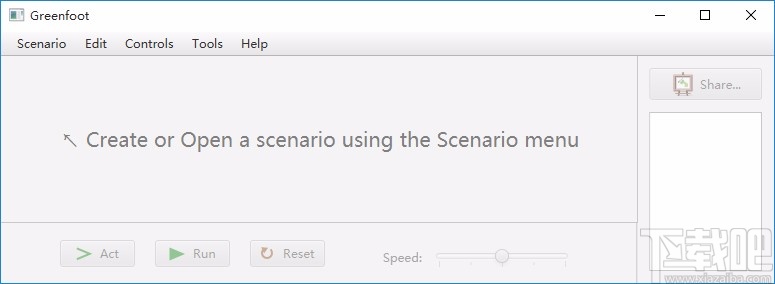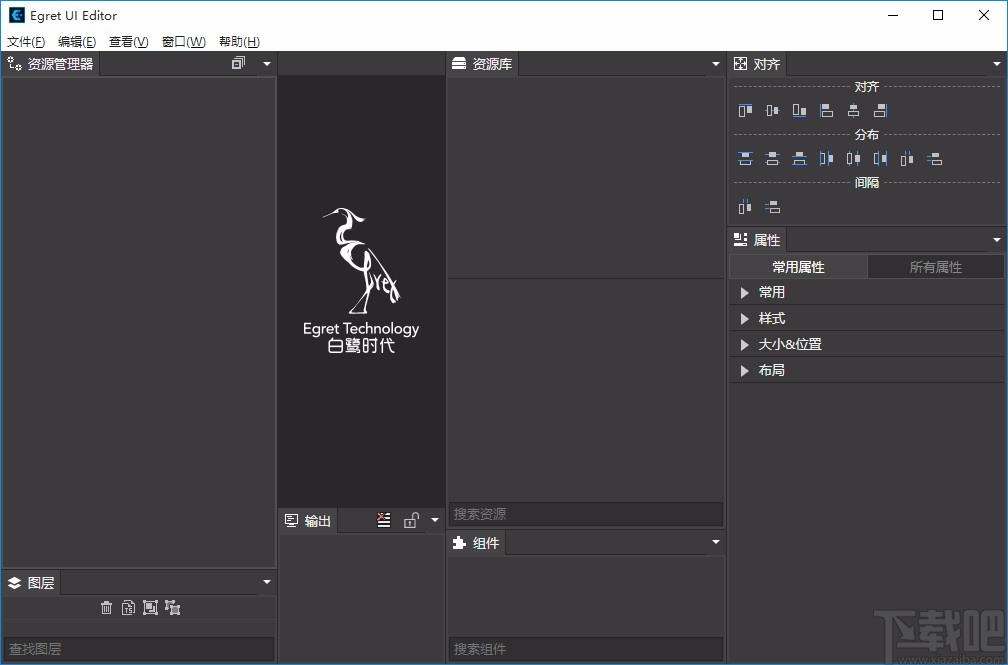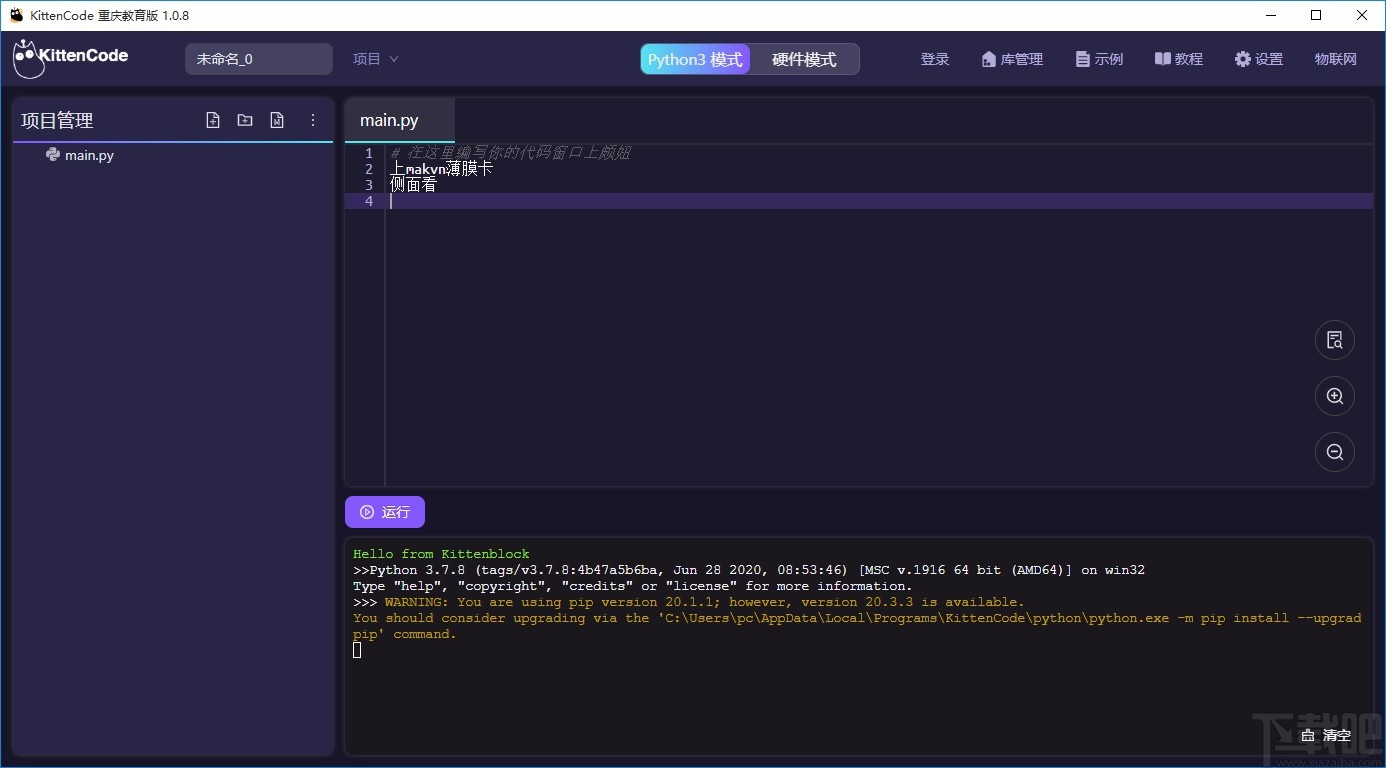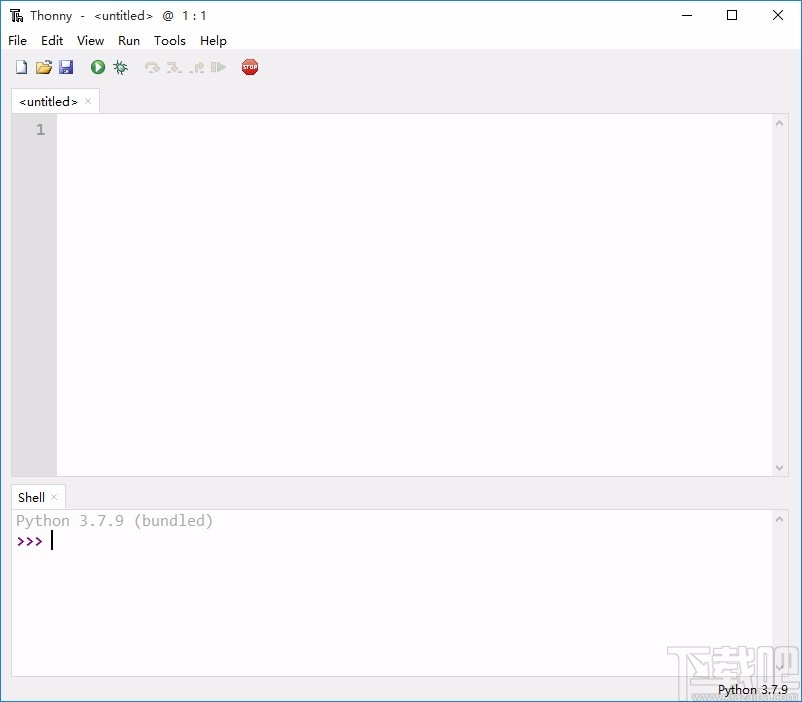Network Working Group C. Partridge
Request for Comments: 2711 BBN
Category: Standards Track A. Jackson
BBN
October 1999
IPv6 Router Alert Option
Status of this Memo
This document specifies an Internet standards track protocol for the
Internet community, and requests discussion and suggestions for
improvements. Please refer to the current edition of the "Internet
Official Protocol Standards" (STD 1) for the standardization state
and status of this protocol. Distribution of this memo is unlimited.
Copyright Notice
Copyright (C) The Internet Society (1999). All Rights Reserved.
Abstract
This memo describes a new IPv6 Hop-by-Hop Option type that alerts
transit routers to more closely examine the contents of an IP
datagram. This option is useful for situations where a datagram
addressed to a particular destination contains information that may
require special processing by routers along the path.
1.0 IntrodUCtion
New protocols, such as RSVP, use control datagrams which, while
addressed to a particular destination, contain information that needs
to be examined, and in some case updated, by routers along the path
between the source and destination. It is desirable to forward
regular datagrams as rapidly as possible, while ensuring that the
router processes these special control datagrams appropriately.
Currently, however, the only way for a router to determine if it
needs to examine a datagram is to at least partially parse upper
layer data in all datagrams. This parsing is eXPensive and slow.
This situation is undesirable.
This document defines a new option within the IPv6 Hop-by-Hop Header.
The presence of this option in an IPv6 datagram informs the router
that the contents of this datagram is of interest to the router and
to handle any control data accordingly. The absence of this option
in an IPv6 datagram informs the router that the datagram does not
contain information needed by the router and hence can be safely
routed without further datagram parsing. Hosts originating IPv6
datagrams are required to include this option in certain
circumstances.
The key Words "MUST", "MUST NOT", "REQUIRED", "SHALL", "SHALL NOT",
"SHOULD", "SHOULD NOT", "RECOMMENDED", "MAY", and "OPTIONAL" in this
document are to be interpreted as described in [RFC-2119].
2.0 Approach
The goal is to provide an efficient mechanism whereby routers can
know when to intercept datagrams not addressed to them without having
to extensively examine every datagram. The described solution is to
define a new IPv6 Hop-by-Hop Header option having the semantic
"routers should examine this datagram more closely" and require
protocols such as RSVP to use this option. This approach incurs
little or no performance penalty on the forwarding of normal
datagrams. Not including this option tells the router that there is
no need to closely examine the contents of the datagram.
2.1 Syntax
The router alert option has the following format:
+-+-+-+-+-+-+-+-+-+-+-+-+-+-+-+-+-+-+-+-+-+-+-+-+-+-+-+-+-+-+-+-+
0 0 00 0 1 0 10 0 0 0 0 0 1 0 Value (2 octets)
+-+-+-+-+-+-+-+-+-+-+-+-+-+-+-+-+-+-+-+-+-+-+-+-+-+-+-+-+-+-+-+-+
length = 2
The first three bits of the first byte are zero and the value 5 in
the remaining five bits is the Hop-by-Hop Option Type number.
[RFC-2460] specifies the meaning of the first three bits. By
zeroing all three, this specification requires that nodes not
recognizing this option type should skip over this option and
continue processing the header and that the option must not change
en route.
There MUST only be one option of this type, regardless of value,
per Hop-by-Hop header.
Value: A 2 octet code in network byte order with the following
values:
0 Datagram contains a Multicast Listener Discovery
message [RFC-2710].
1 Datagram contains RSVP message.
2 Datagram contains an Active Networks message.
3-65535 Reserved to IANA for future use.
Alignment requirement: 2n+0
Values are registered and maintained by the IANA. See section 5.0
for more details.
2.2 Semantics
The option indicates that the contents of the datagram may be
interesting to the router. The router"s interest and the actions
taken by employing Router Alert MUST be specified in the RFCof the
protocol that mandates or allows the use of Router Alert.
The final destination of the IPv6 datagram MUST ignore this option
upon receipt to prevent multiple evaluations of the datagram.
Unrecognized value fields MUST be silently ignored and the processing
of the header continued.
Routers that recognize the option will examine datagrams carrying it
more closely to determine whether or not further processing is
necessary. The router only needs to parse the packet in sufficient
detail to decide whether the packet contains something of interest.
The value field can be used by an implementation to speed processing
of the datagram within the transit router.
Observe that further processing can involve protocol layers above
IPv6. E.g., for RSVP messages, the datagram will have to undergo UDP
and RSVP protocol processing. Once the datagram leaves the IPv6
layer, there is considerable ambiguity about whether the router is
acting as an IPv6 host or an IPv6 router. Precisely how the router
handles the contents is value-field specific. However, if the
processing required for the datagram involves examining the payload
of the IPv6 datagram, then the interim router is performing a host
function and SHOULD interpret the data as a host.
3.0 Impact on Other Protocols
For this option to be effective, its use MUST be mandated in
protocols that expect routers to perform significant processing on
datagrams not directly addressed to them. Routers are not required
to examine the datagrams not addressed to them unless the datagrams
include the router alert option.
All IPv6 datagrams containing an RSVP message MUST contain this
option within the IPv6 Hop-by-Hop Options Header of such datagrams.
4.0 Security Considerations
Gratuitous use of this option can cause performance problems in
routers. A more severe attack is possible in which the router is
flooded by bogus datagrams containing router alert options.
The use of the option, if supported in a router, MAY therefore be
limited by rate or other means by the transit router.
5.0 IANA Considerations
The value field described in Section 2.1 is registered and maintained
by IANA. New values are to be assigned via IETF Consensus as defined
in RFC2434 [RFC-2434].
6.0 Notice on Intellectual Property
The IETF takes no position regarding the validity or scope of any
intellectual property or other rights that might be claimed to
pertain to the implementation or use of the technology described in
this document or the extent to which any license under such rights
might or might not be available; neither does it represent that it
has made any effort to identify any such rights. Information on the
IETF"s procedures with respect to rights in standards-track and
standards-related documentation can be found in BCP-11. Copies of
claims of rights made available for publication and any assurances of
licenses to be made available, or the result of an attempt made to
oBTain a general license or permission for the use of such
proprietary rights by implementors or users of this specification can
be obtained from the IETF Secretariat.
The IETF invites any interested party to bring to its attention any
copyrights, patents or patent applications, or other proprietary
rights which may cover technology that may be required to practice
this standard. Please address the information to the IETF Executive
Director.
7.0 References
[RFC-2119] Bradner, S., "Key words for use in RFC"s to Indicate
Requirement Levels", BCP 14, RFC2119, March 1977.
[RFC-2205] Braden, B. (ed.), Zhang, L., Berson, S., Herzog, S. and S.
Jamin, "Resource ReSerVation Protocol (RSVP)", RFC2205,
September 1997.
[RFC-2434] Narten, T. and H. Alvestrand, "Guidelines for Writing an
IANA Considerations Section in RFCs", BCP 26, RFC2434,
October 1998.
[RFC-2460] Deering, S. and R. Hinden, "Internet Protocol, Version 6
(IPv6) Specification", RFC2460, December 1998.
[RFC-2710] Deering, S., Fenner, W. and B. Haberman, "Multicast
Listener Discovery (MLD) for IPv6", RFC2710, October
1999.
6.0 Authors" Addresses
Craig Partridge
BBN Technologies
10 Moulton Street
Cambridge, MA 02138
USA
Phone: +1 (617) 873-3000
EMail: craig@bbn.com
Alden Jackson
BBN Technologies
10 Moulton Street
Cambridge, MA 02138
USA
Phone: +1 (617) 873-3000
EMail: awjacks@bbn.com
7.0 Full Copyright Statement
Copyright (C) The Internet Society (1999). All Rights Reserved.
This document and translations of it may be copied and furnished to
others, and derivative works that comment on or otherwise explain it
or assist in its implementation may be prepared, copied, published
and distributed, in whole or in part, without restriction of any
kind, provided that the above copyright notice and this paragraph are
included on all such copies and derivative works. However, this
document itself may not be modified in any way, such as by removing
the copyright notice or references to the Internet Society or other
Internet organizations, except as needed for the purpose of
developing Internet standards in which case the procedures for
copyrights defined in the Internet Standards process must be
followed, or as required to translate it into languages other than
English.
The limited permissions granted above are perpetual and will not be
revoked by the Internet Society or its successors or assigns.
This document and the information contained herein is provided on an
"AS IS" basis and THE INTERNET SOCIETY AND THE INTERNET ENGINEERING
TASK FORCE DISCLAIMS ALL WARRANTIES, EXPRESS OR IMPLIED, INCLUDING
BUT NOT LIMITED TO ANY WARRANTY THAT THE USE OF THE INFORMATION
HEREIN WILL NOT INFRINGE ANY RIGHTS OR ANY IMPLIED WARRANTIES OF
MERCHANTABILITY OR FITNESS FOR A PARTICULAR PURPOSE.
Acknowledgement
Funding for the RFCEditor function is currently provided by the
Internet Society.




